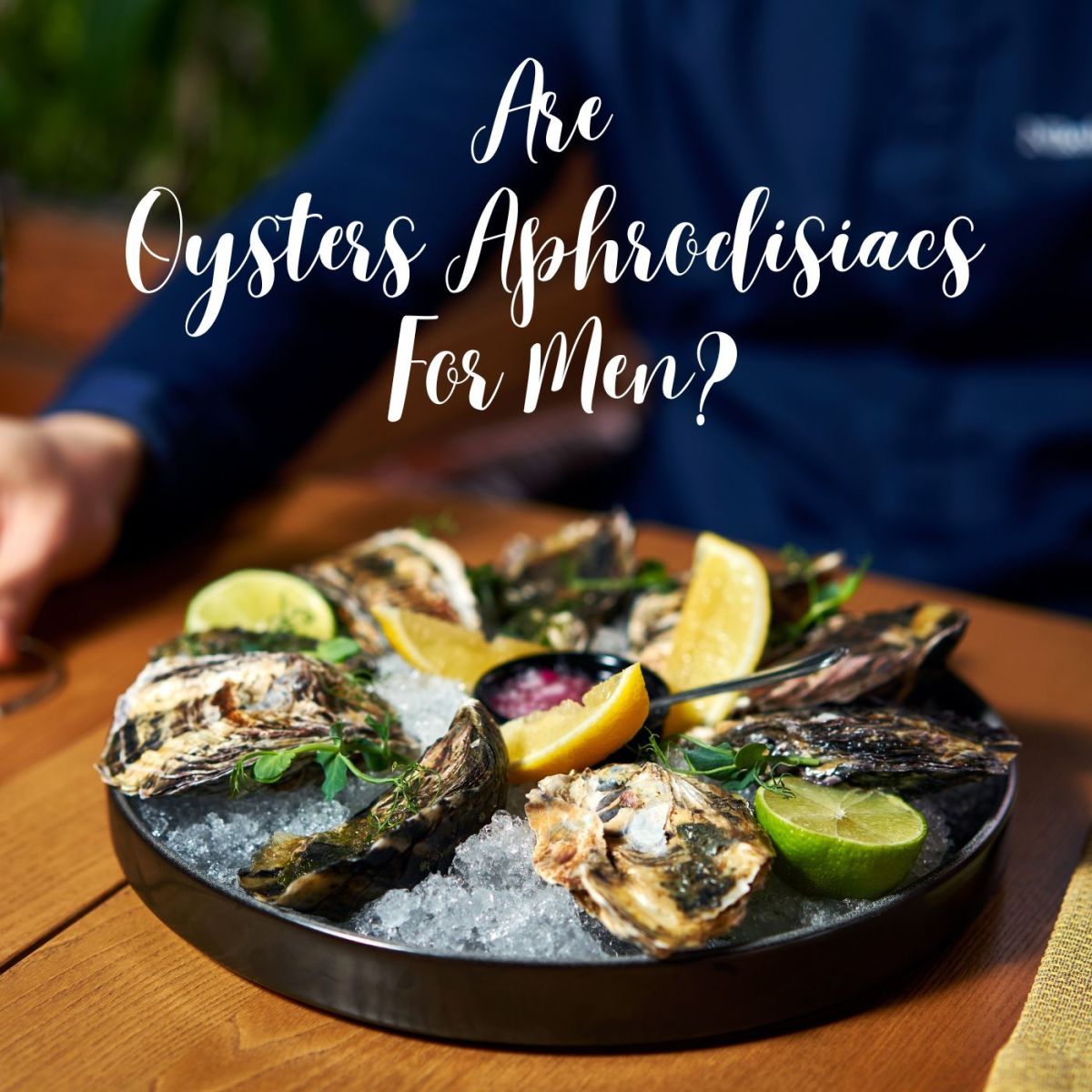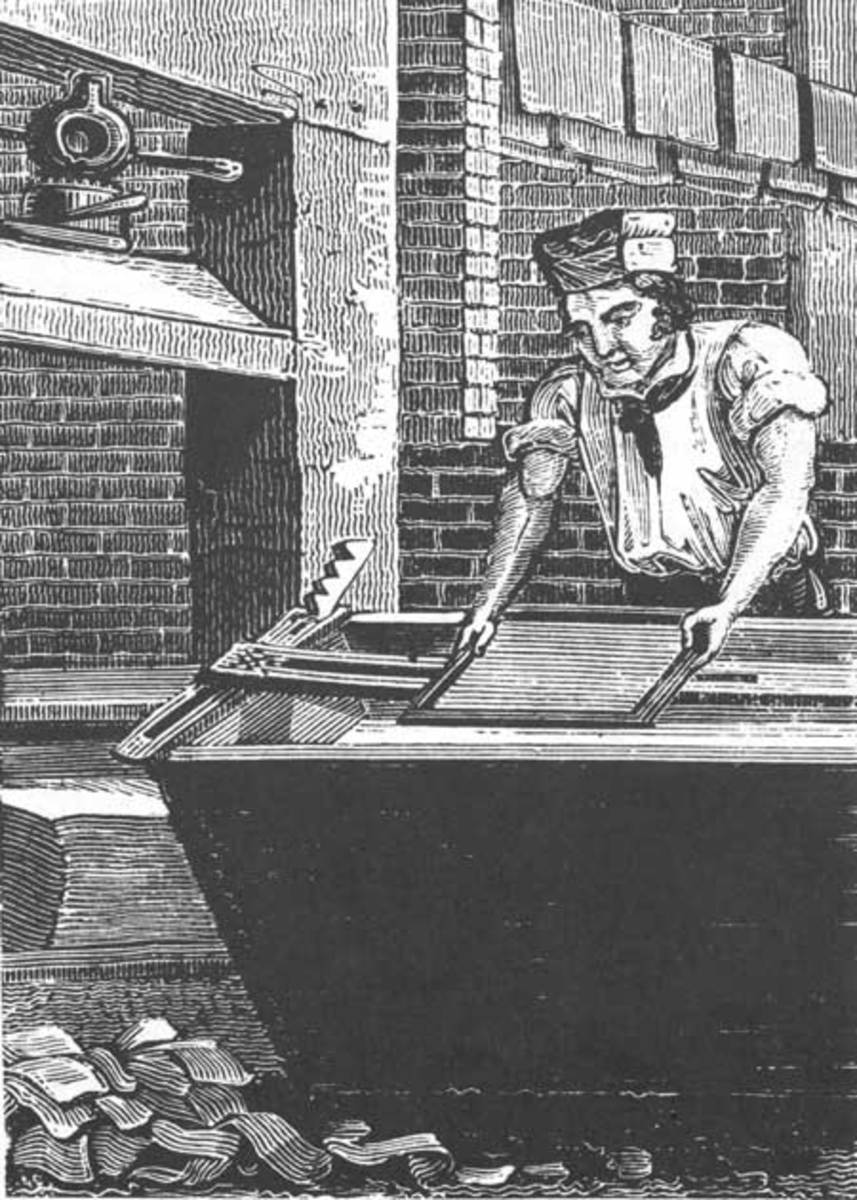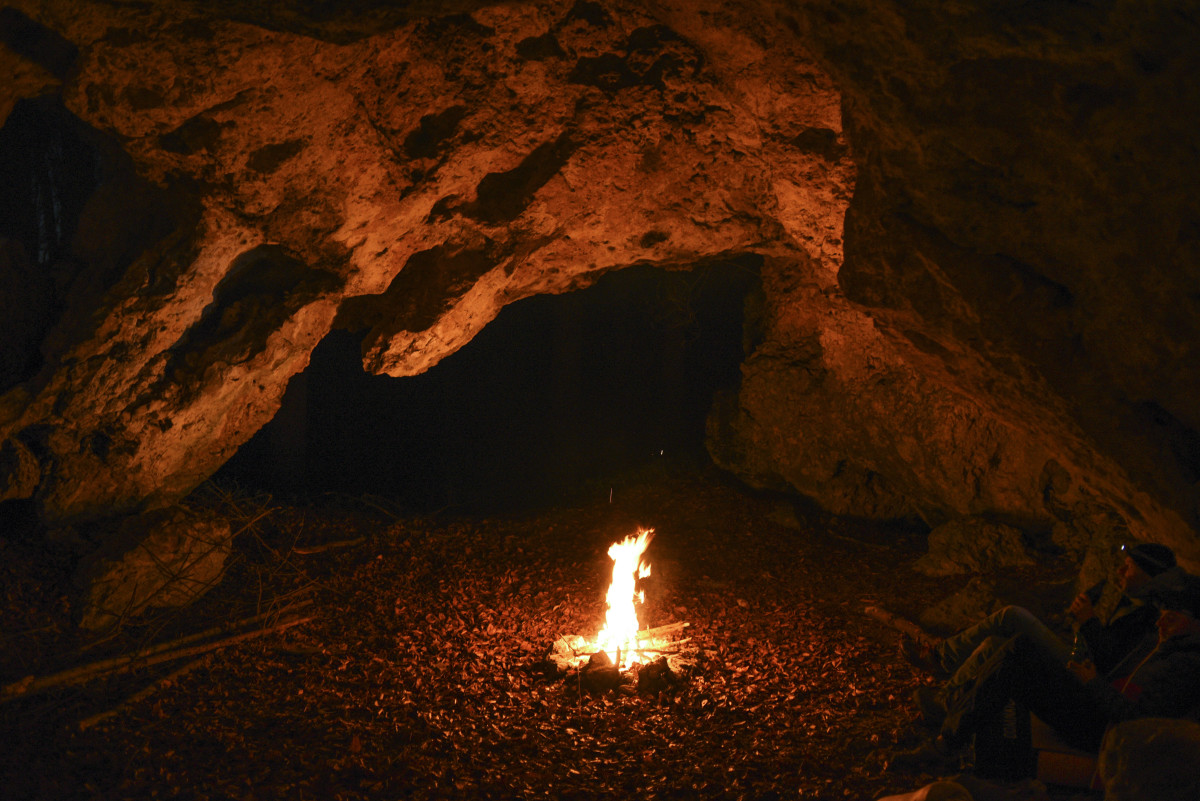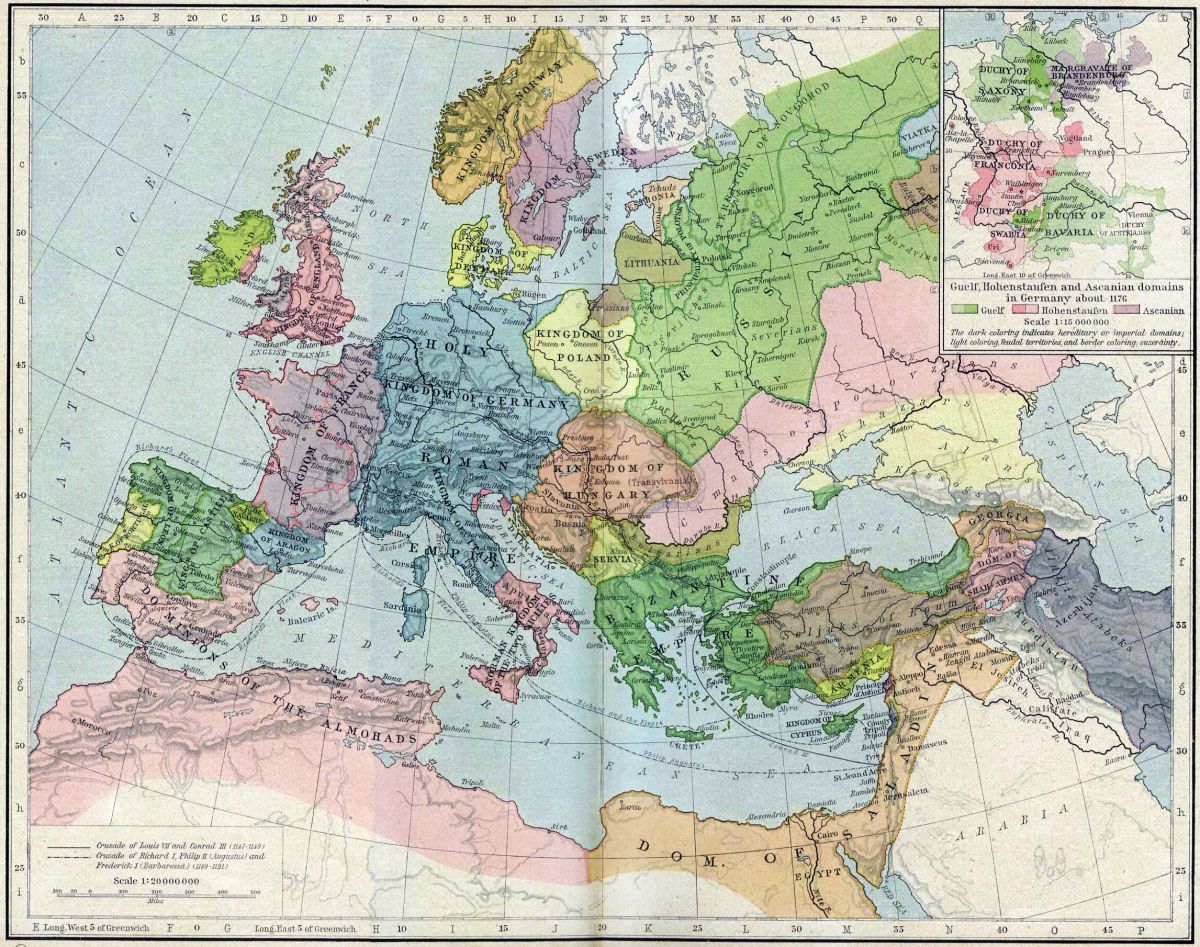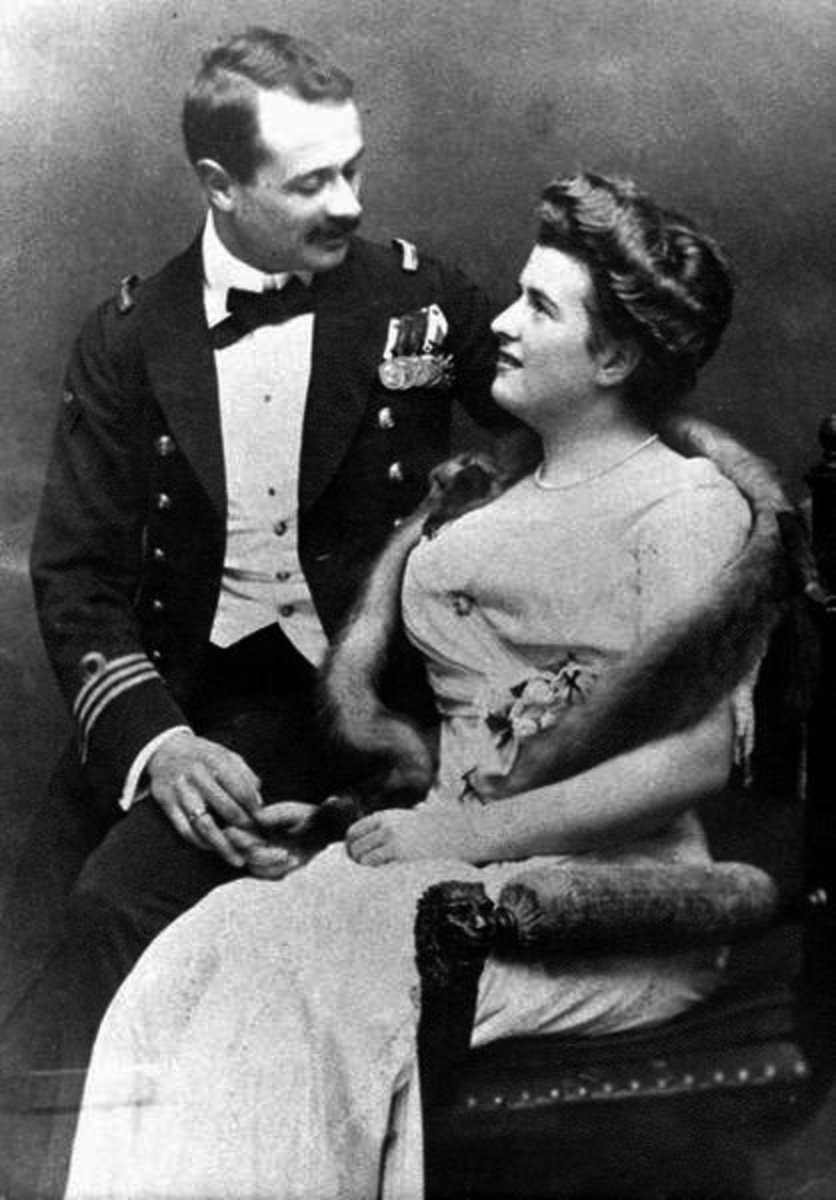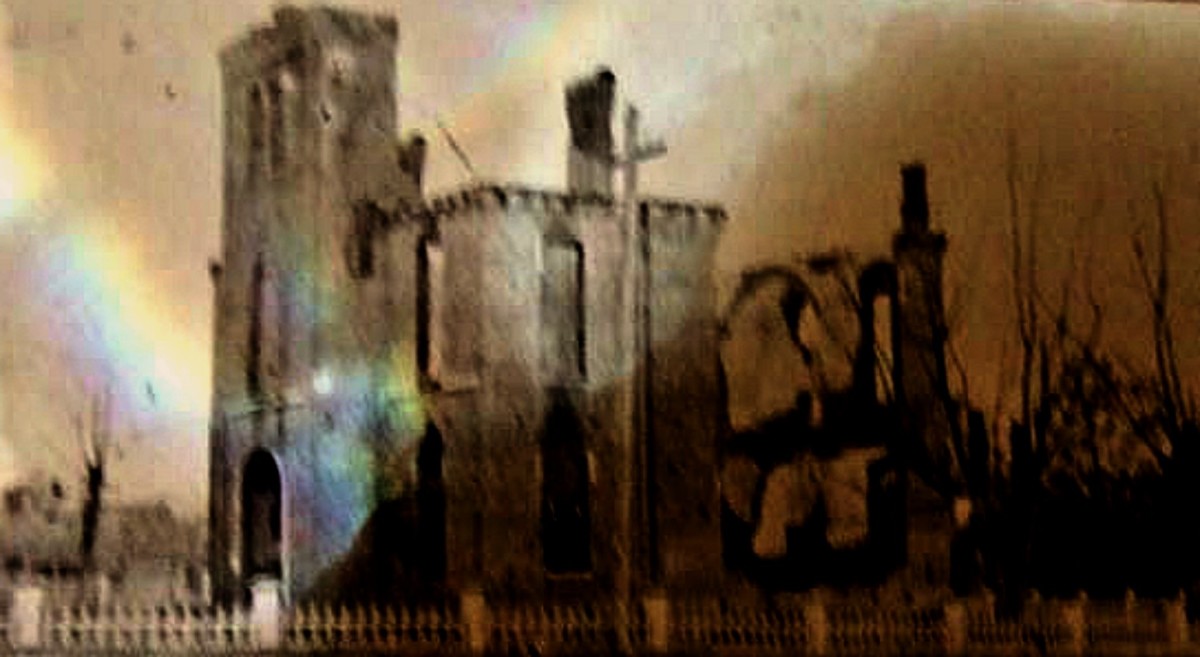Medieval Myth Busting

Medieval History Facts that Simply Are Not True
When discussing medieval history there are certain commonly known facts about this time period that most people know to be true that are quite simply wrong. The reasons these myths stick around is partly due to the fact that the knowledge we do have is spotty at best, and somewhat to do with hollywood altering history to make it more silver screen friendly, but mostly its simply due to underestimating the average medieval man.
The era known as the medieval times was between 5th century and 16th century C.E.. It is a time that conjures up images of gallant knights riding out on quests to save damsels in distress, of great brutish men eating huge hunks of meat with their bare hands, of great stinking masses of unwashed illiterate peasants.
all images sourced from sxc.hu unless otherwise stated
Knights Armour was Awkward and Heavy
There has been a long held belief that a knights full plate mail was so heavy he couldn't mount a horse on his own. In 1944 Sir Laurence Olivier in his portrayal of King Henry V was shown mounting a horse using a crane. This wasn't the origin of the myth of the crane used to hoist knights onto their horses, but it went a long way to giving it credibility. Mark Twain is partially credited with starting this rumour.
There is also the belief that full armour was difficult to move it due to the weight and the way it fit. If you've ever seen an actor in armour you see their movements are rocky and robotic like, not fluid at all.
The fact is a full suit of armour weighs about 55lbs, a modern soldier caries on average 150lbs. Kind of puts the weight of a medieval knights armour into perspective doesn't it? This isn't to say medieval armour isn't heavy and awkward, it is, but with practice you can have pretty much full range of movement.
Below is a video demonstrating the range of motion and speed possible in full armour. It is not in English, but the words aren't important, only what the fighters are able to do in armour.
The Flat Earth Society - The Myth of the Flat Earth
It's a commonly held belief that when Columbus set sail he got objections from Europe due to his belief that the world was round and not flat. In point of fact Spain's main objection was not the flat nature of the earth, but rather the size of the globe and the position of Asia on it. Columbus miscalculated the size of the earth by quite a bit and the Spanish court knew it. You see Columbus did not discover America and prove the earth was round but rather he stumbled onto America proving that he couldn't do math. The size and shape of the earth had long been known, Eratosthenes made an accurate estimate of the Earth's diameter in approximately 240 BCE.
![By Follower of Hans Holbein the Younger (philipmould.com) [Public domain], via Wikimedia Commons By Follower of Hans Holbein the Younger (philipmould.com) [Public domain], via Wikimedia Commons](https://usercontent2.hubstatic.com/9679405.jpg)
Strange and Uncomfortable Clothing
One common re-occurring myth about Medieval Europe is that they wore strange and uncomfortable clothing. And if you look an extant paintings you can see how this belief arose, for once this is not simply a construct of Hollywood.
Much of the clothing does appear uncomfortable and difficult to wear, you must remember however that much of this was the formal dress of the extremely powerful and rich. Its like saying modern clothing is uncomfortable because a tuxedo complete with tails, top-hat, cane, and cape is uncomfortable and difficult to wear. Formal clothing of the ridiculously wealthy is always silly and impractical, that's usually the point. Watch a high end fashion show if you doubt me.
The average person throughout most of the middle ages wore rather simple and quite comfortable clothing on a day to day basis, after all they had to live and work wearing the clothing. A blacksmith wouldn't wear a flowing cape with fur lining he'd be likely to catch fire. A simple tunic (shirt) with pants served as the attire for most men, and a relatively simple dress served for women. Both the tunic and dress usually had very similar designs varying primarily only in lengths.
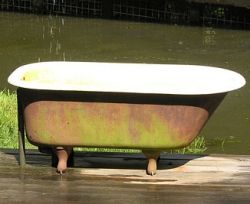
The Unwashed Masses
Medieval Personal Hygiene
Its a commonly held belief that the medieval peoples did not bath often. This is patently untrue. Although there were times at which the church put various restrictions on bathing including such ludicrous demands as to state that no one should bath naked, at no point was it ever encouraged not to bath at all. There were certain orders of monks that did restrict how often a monk could bath but this did not apply to the average man.
Bath houses were common throughout Europe, and while attending public bath houses for pleasure was condemned by the church it was common to bath at least once a day. In certain parts of the world (particularly Persian influenced areas) bathing was extremely encouraged to the extent that four or five baths a day would be the norm.
The prevalence of soap speaks a lot to busting this myth. Soap was extremely common, and specialized soaps for various uses also existed. Soaps for washing cloths, soaps for bathing, as many variants as exist today.
The Dark Ages - Scientific Progress in The Medieval Age
After the fall of the Roman Empire the European world fell into what became known as the Dark Ages. During this time science and technology was set back centuries and no progress was made until the dawn of the Age of Enlightenment, or at least so most people believe.
A lot of scientific technology and knowledge was lost when Rome was sacked and the legions pulled back to protect the eternal city, however scientific advancement did not halt. Particularly in the field of warfare the medieval peoples continued to make great strides forward.
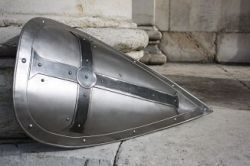
Be Valiant And True Good Sir Knight
The Code of Chivalry
The Chivalric code is one of the most pervasive bits of history most people know about. It was a code of conduct for knights that was said to ensure that they would be gallant, valiant, honest, and protect the weak. It was what made the knights the shining examples of morality and honour.
The problem with the code of chivalry is it never existed. Well, ok, that might be going to far. The code existed on paper, plenty of people wrote about it, but that being said it was an ideal not something that was actually believed to have been followed.
Knights were soldiers, mounted on horse back, usually of noble bearing. They varied in temperament same as any other, they were not likely to adhere to some romanticized version of what poets thought they should behave like then any other soldier from any other time period. They could be brutal when brutality was called for. They were beholden to their liege lord but only as far as they felt necessary. As for rescuing damsels in distress, probably didn't happen all that often.
Rancid Meat, And Other Treats - Medieval Food
Myths about the food of the medieval ages are perhaps some of the most commonly repeated falsehoods. Some believe that food was heavily spiced and sauced to disguise the rancidness of the meat. Others claim that medieval food was mainly protein and that fruit and vegitables were a rarity. Visions of great feasts where the men grabbed giant helpings of meat and tossing the remains over their shoulders for the dogs running free.
The fact is medieval etiquette was quite often considerably more complex than ours. Table manners varied from place to place and time period to time period within the medieval age, but at all times table manners were well respected and enforced.
As for the food itself, medieval man had various ways to preserve meat, they would never eat rancid meat. Sauces and spices were expensive commodities, and using them showed wealth and power so many recipes written down for use at formal feasts did indeed use spices and sauces they were not used as heavily as we do today, and they were used as a show of wealth and NOT a way to disguise bad food.
© 2013 Jeff Johnston








